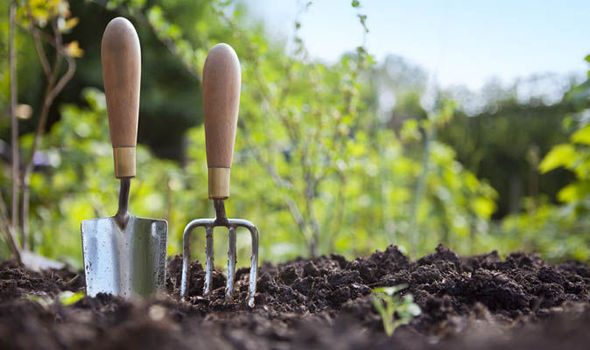A little guide to Gardening

A little guide to Gardening
Shrub Maintenance – How and where to cut
• Always start by applying the three D’s of pruning. Cut out DEAD, DAMAGED and DISEASED wood.
• Pruning cuts are essentially wounds to the plant where disease could enter so use sharp, clean tools and make clean cuts without leaving snags. Cut close to buds, but not into them, and always above.
Pruning young shrubs
• Early pruning helps establish a shapely shrub with vigorous, balanced growth.
• Most evergreen shrubs do not need thinning or formative pruning. (apart from Topiary) However all shrubs benefit from shortening any excessively long shoots and cutting out weak or damaged growth.
• Deciduous shrubs are more likely to need pruning into shape; this is known as formative pruning. Young shrubs often grow lots of shoots so you will have to thin them early on.
• Correct lopsided growth by lightly pruning longer shoots and hard pruning weak stems.
• Prune flowering shrubs straight after flowering to ensure flowers come back the following year.
Grass Maintenance
The main features of Loftus Gardens are the two Parks, however front gardens are also an important element of the overall look of the estate. Keep your lawn healthy and looking good by regular cutting, watering, fertilizing and aerating. Here are some tips on how to look after your lawn.
• Adjust your cutting height to the time of year (and use a sharp blade)
• A few good soakings are better than lots of light sprinklings and is much more effective when done in the evening or early morning as the sun can evaporate a huge amount of water in hot weather.
• Mow your grass regular, and only cut the top one-third of the grass blade.
• Timing is everything when it comes to fertilizers and weed killers, read the instructions carefully.
• Aerate your lawn in spring and autumn to help it breathe and ease compaction. Reseed any bare patches at the same time but please try an avoid sowing under the hedge.
• Treat lawns for Leather jackets, that have become a problem here at Loftus, in both spring and autumn . Nematodes that kill these grubs can be bought Nematodesdirct on the internet.
1. Mowing
Mow grass whenever it is growing, provided the ground isn’t too wet or icy to walk on. In spring, mow once a week with the blades at their highest setting, and gradually lower them as growth accelerates. Use a box to collect the clippings as thick patches of grass left on the lawn will kill the turf underneath. Alternatively, you can use a “mulching mower” which doesn’t remove the grass but chops it into fine pieces, returning nutrients to the lawn but you will need to mow at least twice a week with this type of mower or it can look messy. In summer, a high-quality lawn may need cutting three times a week, but in autumn, as growth slows, once or twice a week should suffice. For those who are not such perfectionists once a week will still keep a nice lawn.
2. Watering
In dry periods, your grass will benefit from watering , especially newly laid turf, freshly sown areas, and high-quality lawns. Stop mowing if the grass stops growing, which it sometimes does in mid summer as longer grass will help protect the roots.
Water a new lawn at least twice a week, until it is established. You can tell when fine lawns need watering because they lose their spring when walked on. Reduce water evaporation by using sprinklers early in the morning or evening. Move seep hoses by 8 inches every half hour.
3. Feeding
If you want a lawn to be proud of you will need to feed your grass. Apply granular or liquid lawn fertilizer at least twice a year. Spring and early summer feeds are high in nitrogen to boost leaf growth; products for use in early autumn are low in nitrogen but high in potassium to aid grass roots in winter so make sure the feed you use is correct for the time of year. Be careful not to overfeed as this can result in weak growth and fungal problems.
Divide the lawn into a grid of yard squares using canes and apply the fertilizer at the rate according to the package. It is important to water thoroughly if it doesn’t rain within two days after feeding.
4. Weeding
Acidic lawns are prone to moss and weed growth. Check soil pH in winter, and raise it by applying ground chalk or limestone at a rate of 2 ounces per 10 square foot. Apply a lawn weed-killer in spring or summer, and repeat in early autumn. Liquid weed killer especially for lawns will kill broad leaf weeds but not grass and is more affective than weed and feed granules. Organic gardeners can grub out creeping buttercups, daisies, and tap-rooted weeds, like dandelions, using an old knife.
If you have moss in your lawn it can be treated by raking out by hand with a springbok rake or applying moss killer first and then raking the dead out. You will need to reseed the bare patches afterwards.
